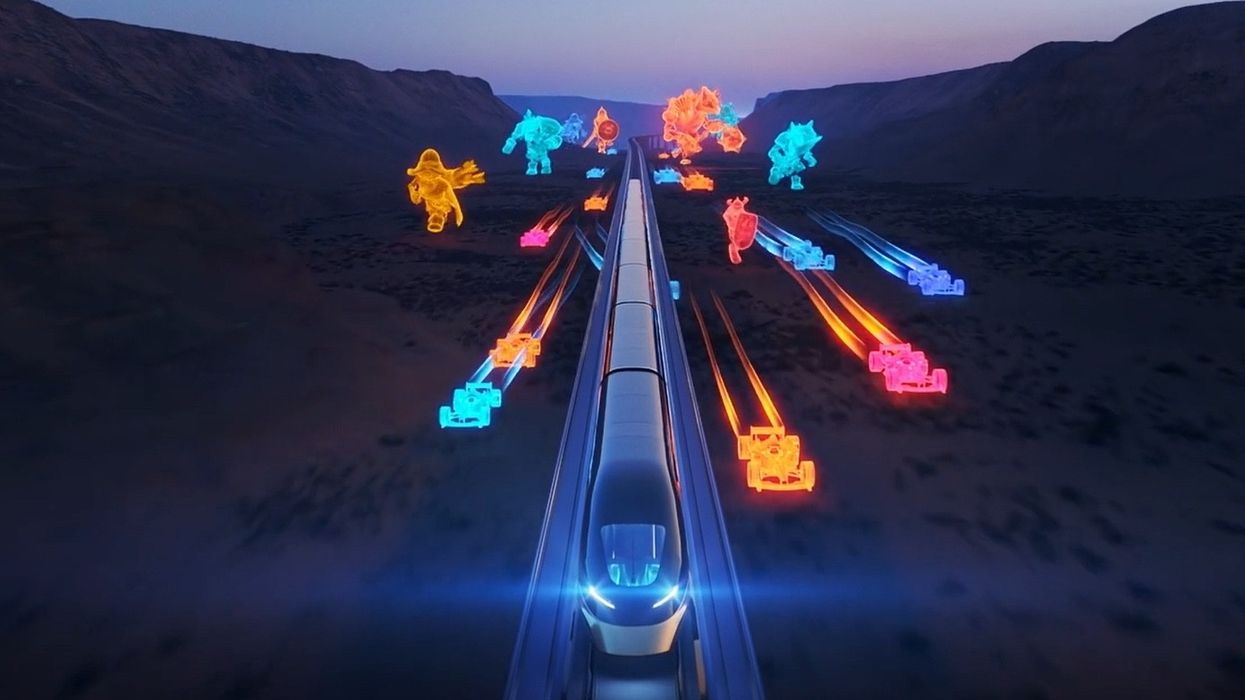Pladia, a platform that builds, manages and improves visitor experiences by experiential design company, Art Processors, has entered into a strategic collaboration with Audiocraft, a leading audio storytelling company in Australia.
By bringing together Audiocraft's expertise in immersive audio production and Pladia's strength in adaptable, future-ready technology, this partnership seeks to reimagine how cultural attractions engage audiences.
Andi Mastrosavas, CEO of Pladia, says: "Audiocraft creates some of the most captivating audio experiences in the country. When paired with our scalable technology, the potential to delight, guide, and inform visitors is unmatched."
"While we don’t build technology ourselves, many of our most impactful projects rely on it," says Kate Montague, CEO of Audiocraft. "This partnership recognises that fact and empowers us to offer clients an end-to-end solution that brings our audio experiences to life."
This announcement comes as Pladia’s latest feature, Audio Access+, is approaching launch. Audio Access+ supports richer, more accessible audio experiences.
Feature rich platform
Art Processors revealed its advanced experience management system, Pladia, last August. By perfectly combining physical and digital spaces, the platform aims to transform how visitors tour and interact with attractions.
The intuitive software enables visitor attractions to design, guide, manage, and improve on-site guest experiences, creating personalised journeys with advanced tools such as accessibility features, real-time statistics, adaptable content, and interactive maps.
The company also recently announced Event Sync, an innovative SaaS product for the Pladia product suite. Event Sync has been refined through projects with the Sydney Opera House, Bob Dylan Center, Pentridge Prison Tours, and AGB Events, and synchronises high-fidelity audio from visitors’ headphones or personal speakers with graphics on screens, projections and public displays.
Visitors access the experience on their device by scanning a QR code, which opens a browser-based experience. By removing the need to download an app, this approach minimises interactions with technology and helps guests to focus on the present moment.
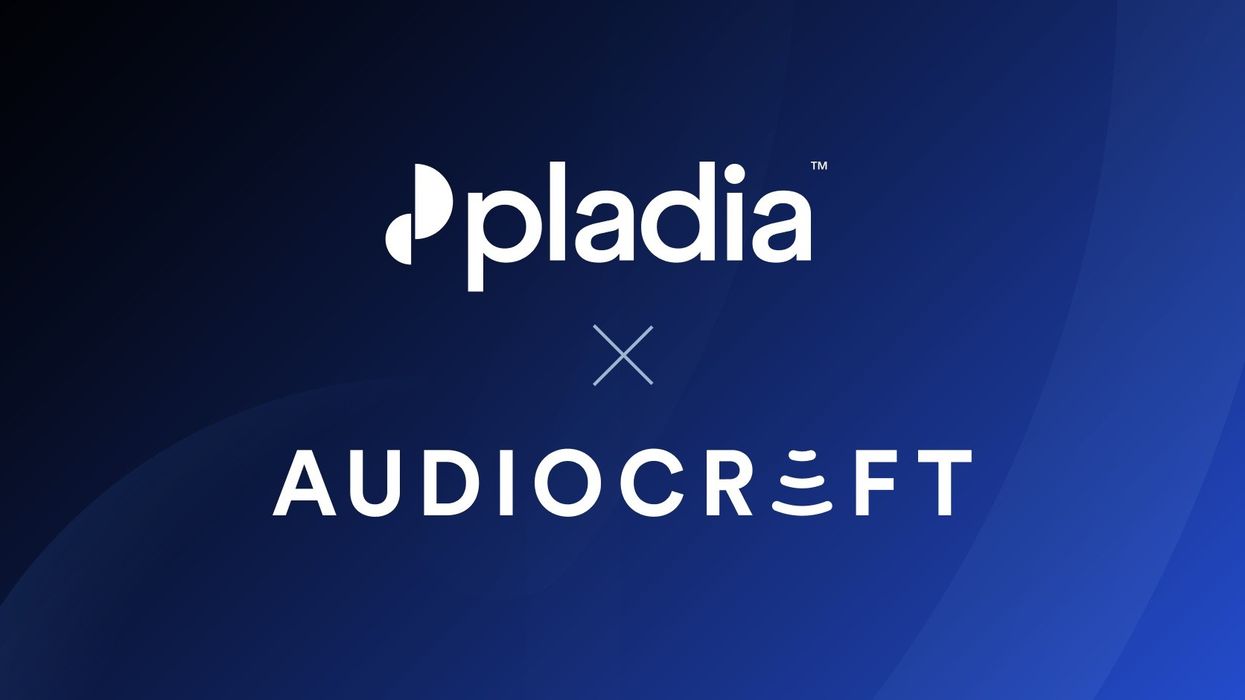






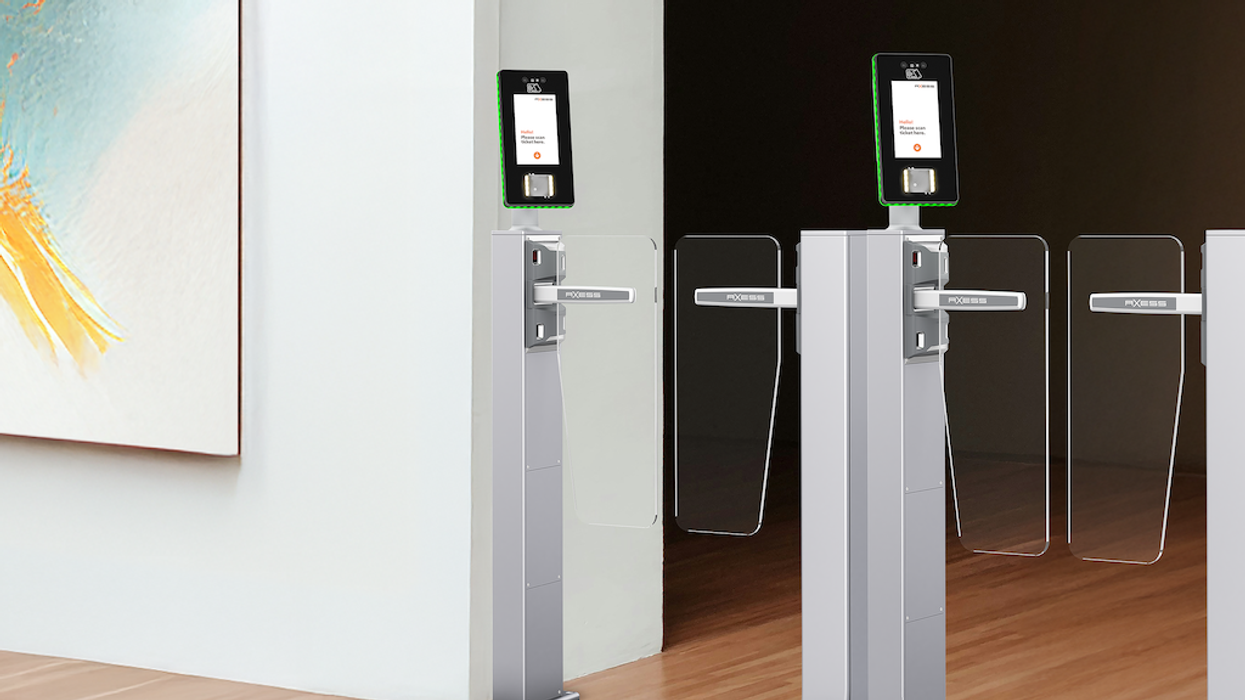
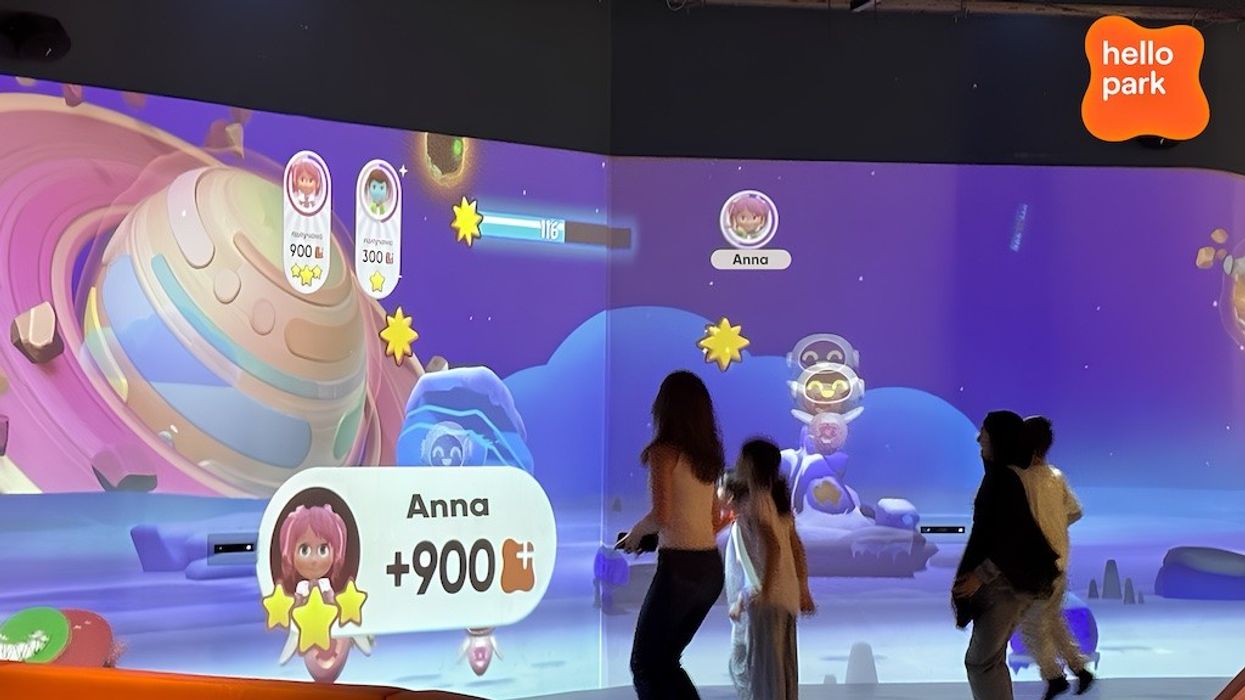
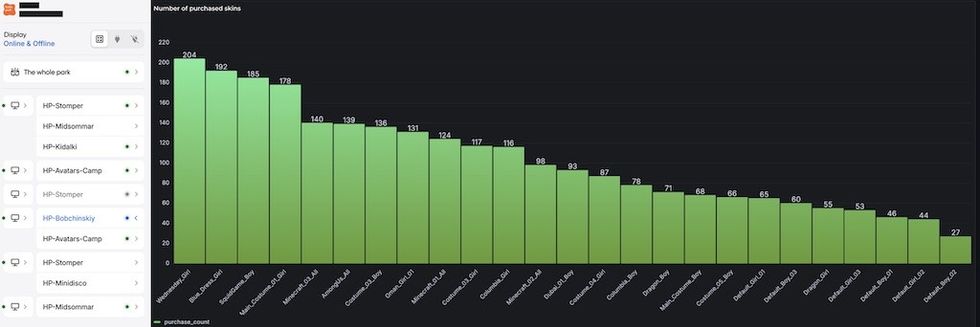

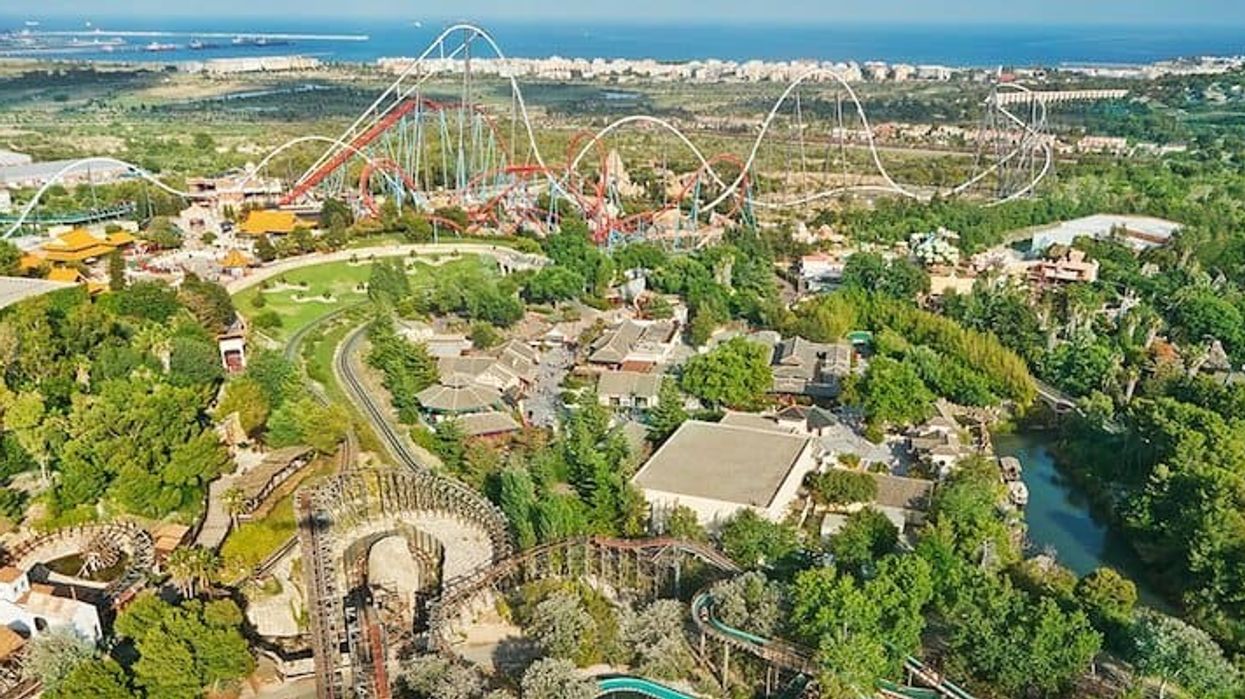
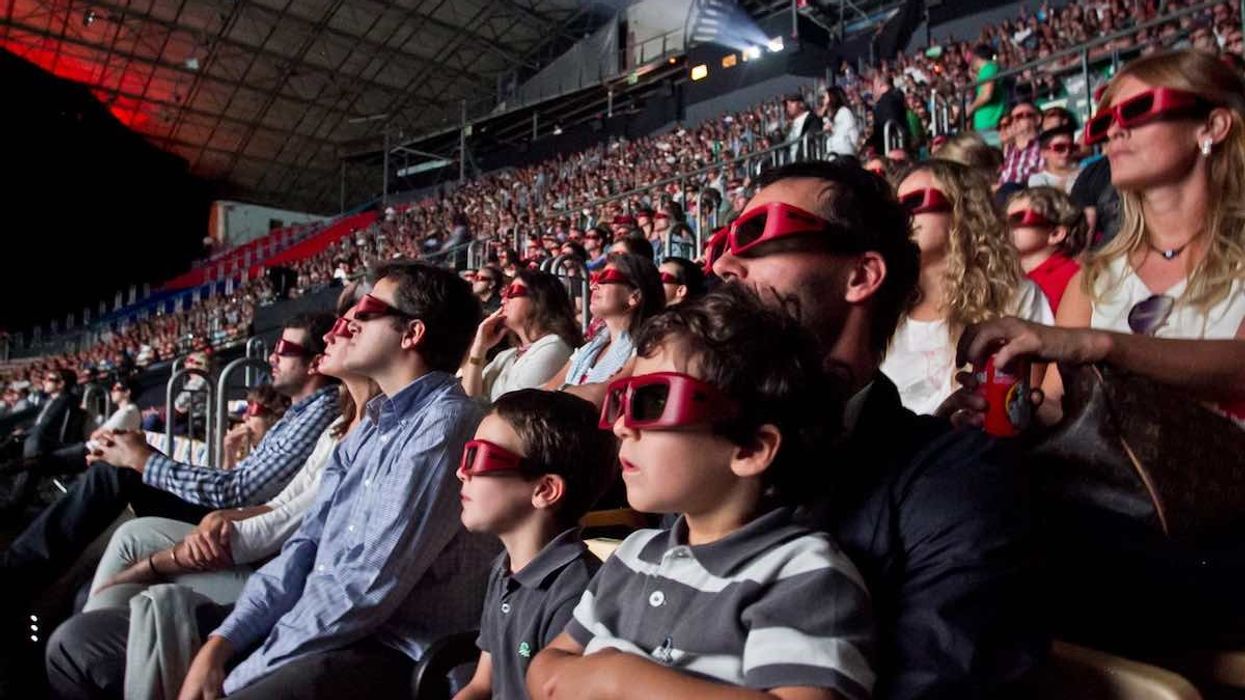
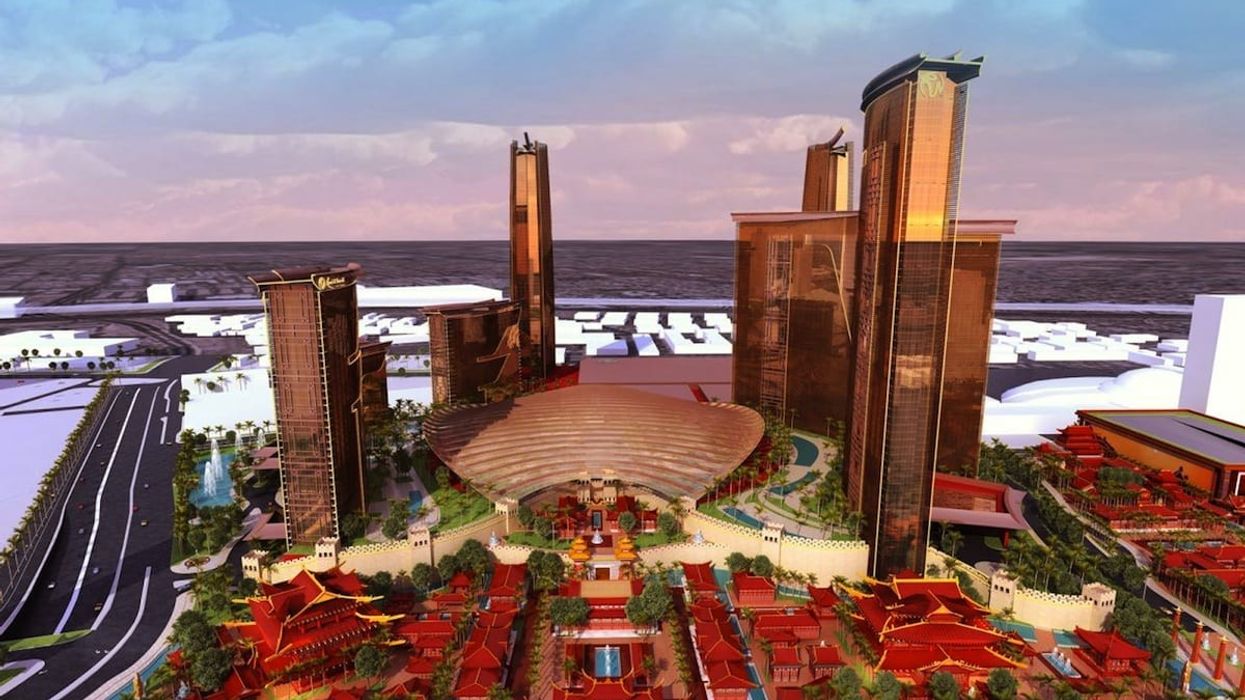

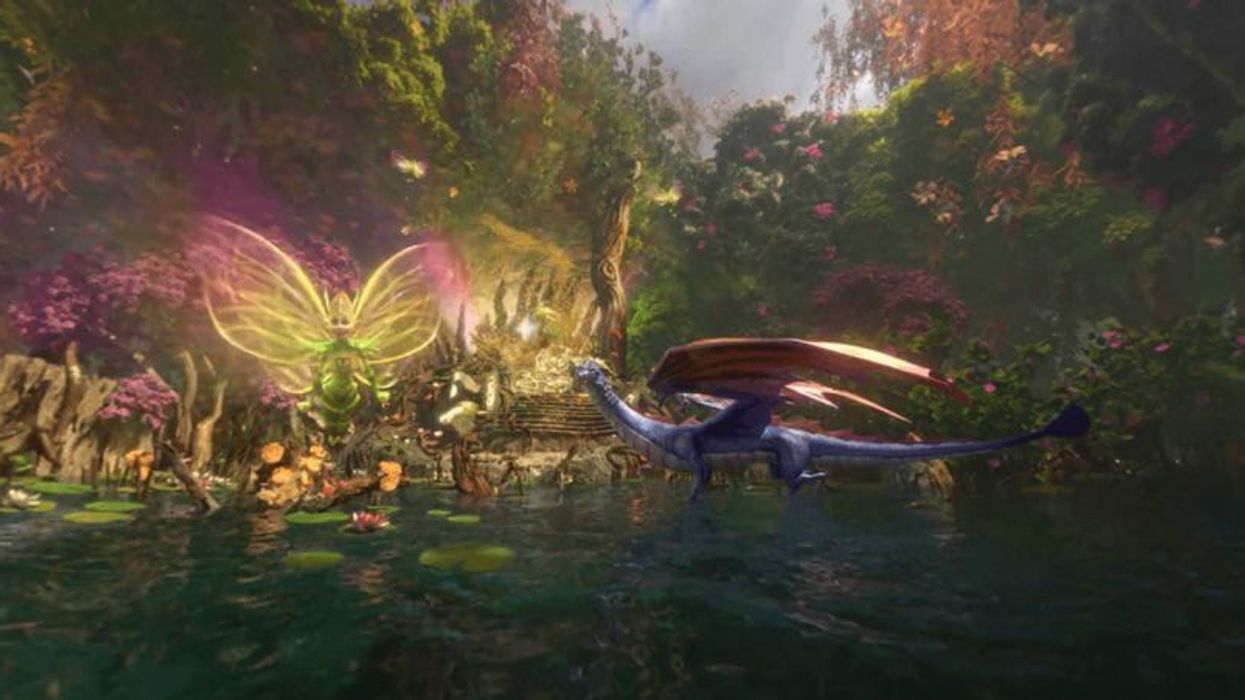

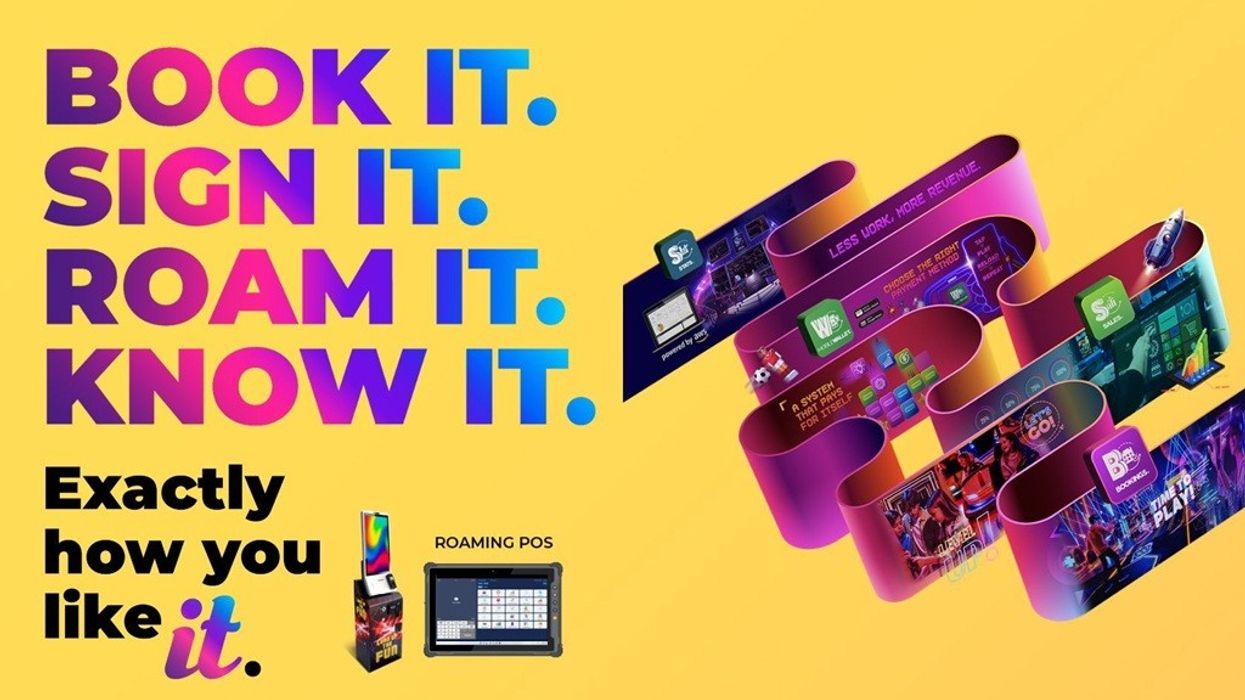

 Jade Craig
Jade Craig